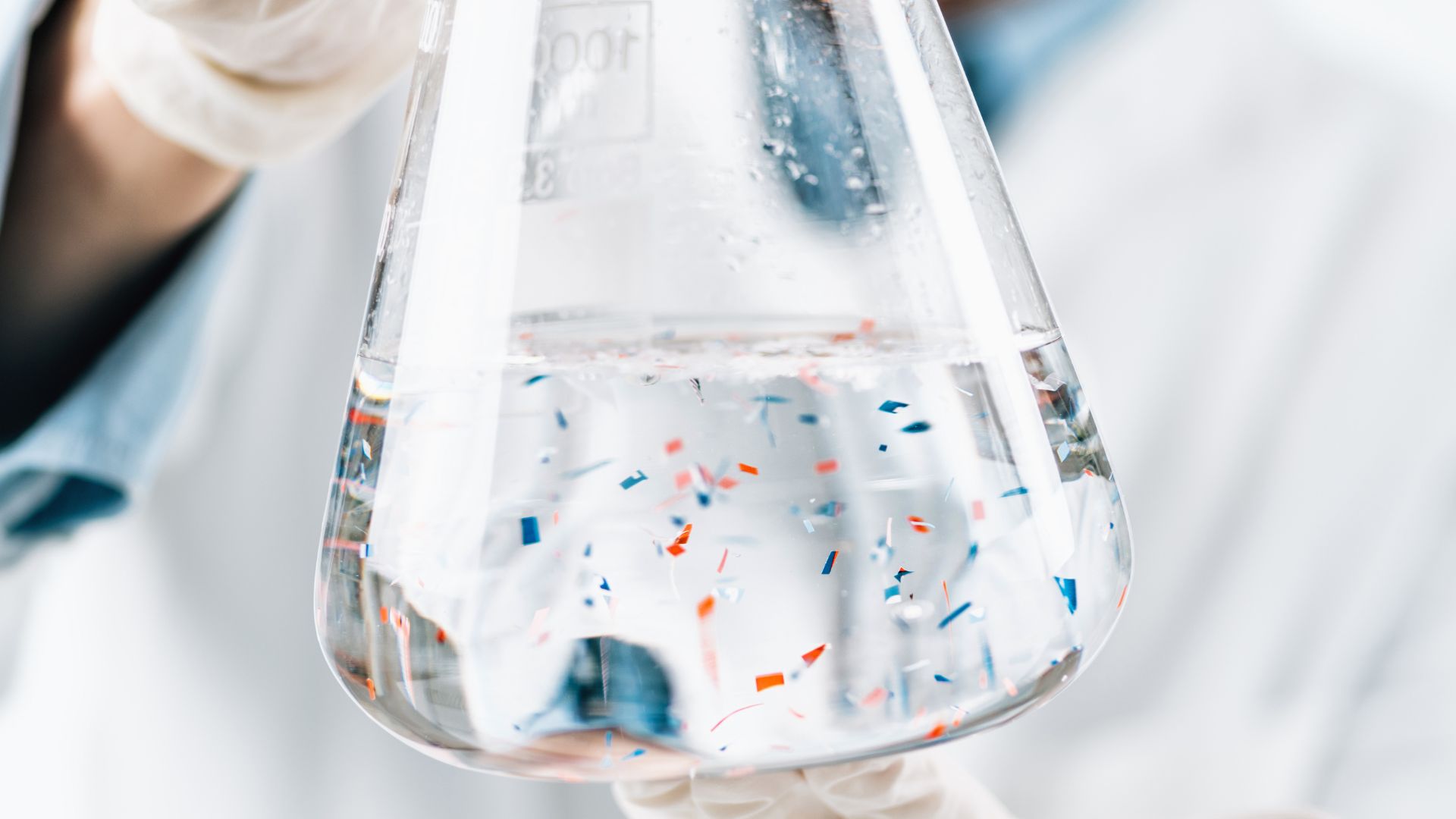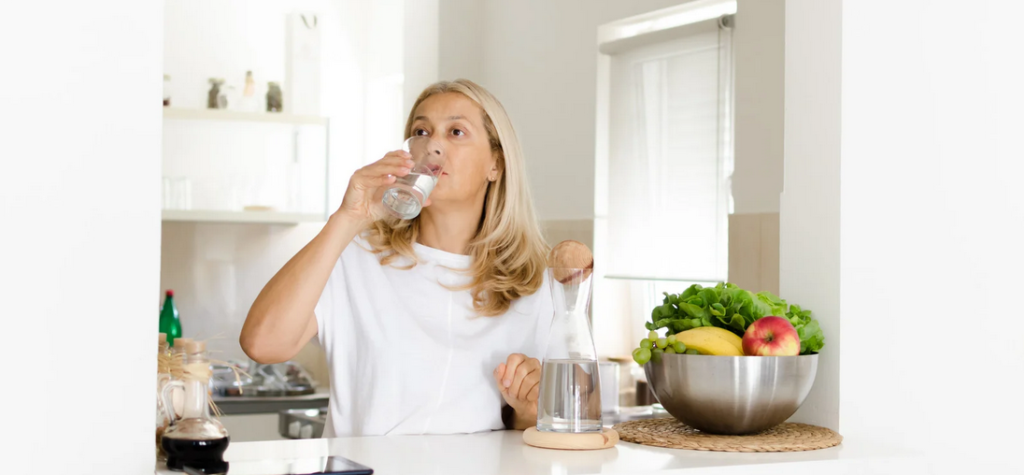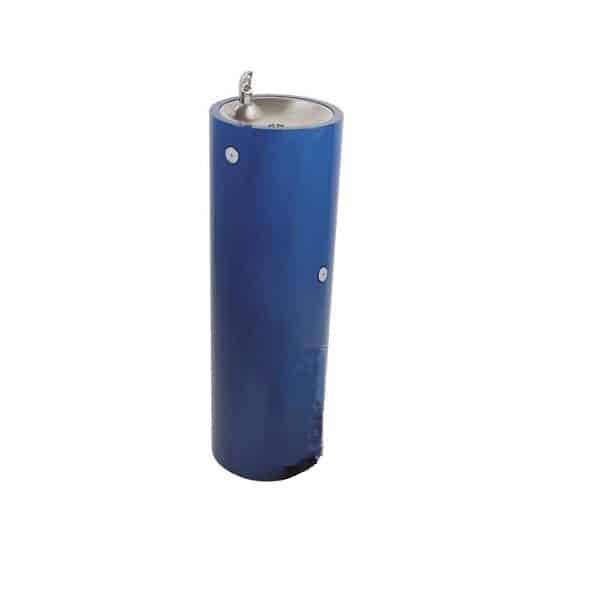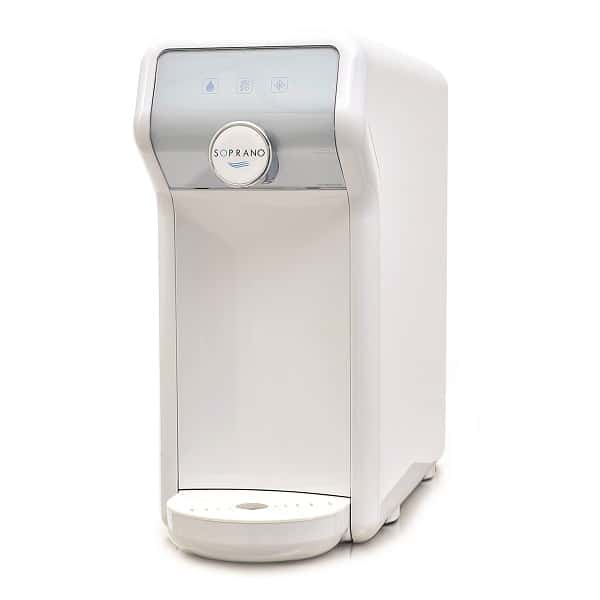Academy
Spa brands
In this section you will find a range of practical information related to our solutions. In the articles, we share our experience, discuss implementation steps and highlight good practices. It is a reliable source of information and advice on the provision of drinking water in public spaces, the legal regulations in this area, the benefits of installing drinking water dispensers and the technological aspects in this field.
We look forward to reading!
Microplastics in bottled water - an invisible threat

Bottled water, often regarded as a symbol of purity and health, is becoming increasingly exposed to contaminants, including microplastics. While this may seem paradoxical, research shows that microplastic is not foreign even in bottled water, undermining our trust in this source of hydration. To make matters worse, there is evidence that chemicals in microplastic can seep into water, increasing public health concerns.
Sources of pollution
The presence of microplastics in bottled water can have various sources. One of the main ones is the production process, where microplastic can enter the water during packaging. In addition, contamination can occur during bottle transport or storage in conditions that favour plastic decomposition. Even the label on the bottle can be a source of microplastic if it is made of this material.
Health risks
Research suggests that microplastic contained in bottled water can have negative health effects. As with other water sources, there is a risk of ingesting microplastic by drinking bottled water, which can lead to its accumulation in the body. Furthermore, chemicals used in the production of plastic, such as phthalates and bisphenol A (BPA), can be released into the water, creating additional health risks.

Action and prevention
To reduce the presence of microplastics in bottled water, strict regulations are needed to govern the production, packaging and transport process. Bottled water companies should also invest in filtration technologies that can help remove microplastics from water. In addition, consumers should be aware of the problem and pay attention to the quality of bottled water and the materials used to produce the bottles.
An alternative to bottled water is the use of bottleless water dispensers, which can be further equipped with filtration systems to remove contaminants, including microplastics. In addition, reducing the use of plastic bottles by using reusable bottles or glass bottles can also help to reduce the microplastic problem.
Microplastics in bottled water pose a serious public health risk that requires immediate action. Both bottled water companies and consumers must work together to reduce the presence of microplastic and chemicals in water, thereby protecting health and the environment. Ultimately, consumer education and awareness are key to changing consumer practices and reducing the impact of microplastics on our lives and the environment.





